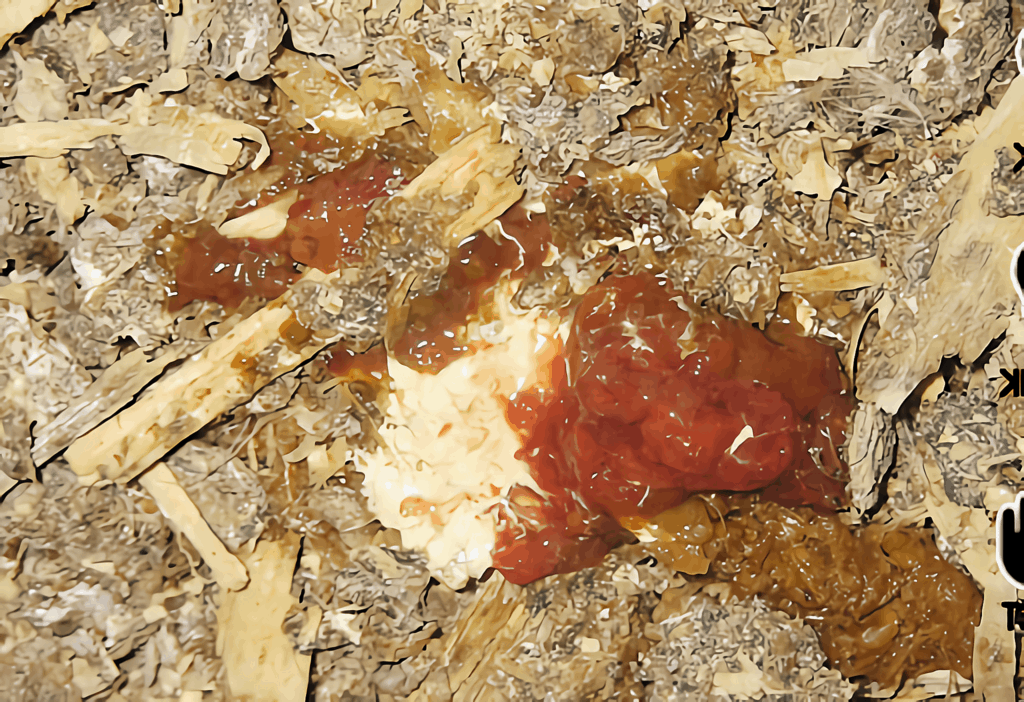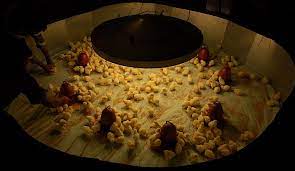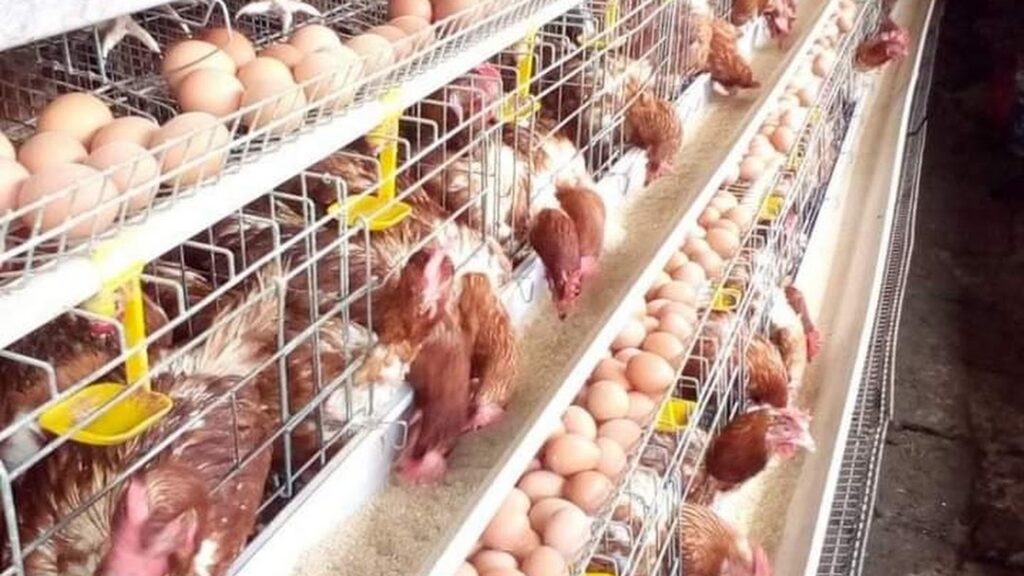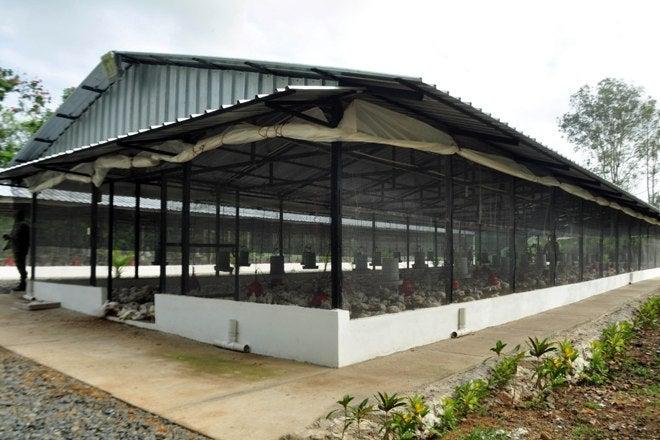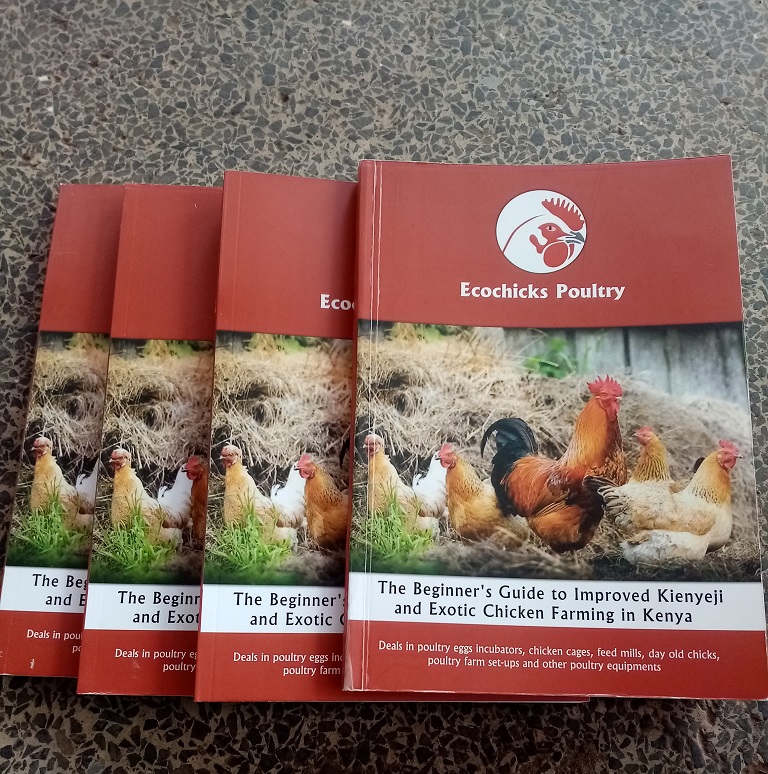Step by step guide to treat fowl pox
Fowl pox is a common viral disease that affects chickens, turkeys, and other poultry species. Here is a step-by-step guide to treat fowl pox:
- There is no treatment for fowl pox
Prevention is by vaccinating the birds at 12-16 weeks of age
- Isolation:
As soon as you suspect a bird has fowl pox, isolate it from the rest of the flock to prevent the spread of the virus.
- Consult a veterinarian:
If you are unsure if the bird has fowl pox or if it has other underlying health issues, consult a veterinarian to receive a proper diagnosis and treatment plan.
- Provide supportive care:
Provide the infected bird with a clean, warm, and stress-free environment to support its recovery. Offer clean water and nutritious food to help boost its immune system.
- Topical treatment:
Fowl pox can cause wart-like growths on the skin, which can become infected.
A veterinarian can prescribe a topical ointment or spray to prevent secondary bacterial infections and promote healing. - Supportive medications:
If the bird is dehydrated or experiencing severe symptoms, the veterinarian may recommend supportive medications such as fluids or antibiotics to help it recover.
- Vaccination:
Once the bird has recovered, consider vaccinating it and the rest of the flock to prevent future outbreaks of fowl pox.


